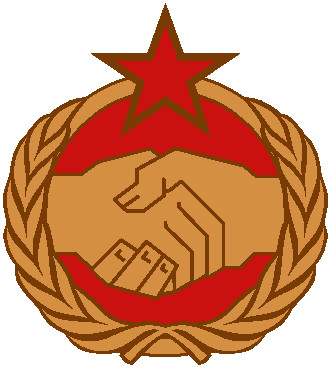Will Podmore’s The War Against the Working Class, page 138:
Between 1949 and 1978, food production rose by 169.6 per cent, while the population grew by 77.7 per cent. So food production per person grew from 204 kilograms to 328 kilograms. Grain output increased by 2.4 per cent a year from 1952 to 1978. By 1977, China was growing 40 per cent more food per person than India, on 14 per cent less arable land, and distributing it more equitably to a population which was 50 per cent larger.61 China had become self‐sufficient in food.62 As Y. Y. Kueh pointed out, “by the close of Máo’s period China’s historic food problem was basically solved.”63
(Emphasis added.)


I think what the paragraph means is that China had developed productive forces enough to where if absolutely necessary, it could feed all of it’s people without importing any food. But that is more so in theory than something feasible or desired at the time. It would most likely mean that China would have to take resources, capital and investment away from industrialization and shift it over to agriculture, which would slow down industrialization and would leave people unhappy and wanting more food variety, and leaving money on the table by not engaging in trade to further advance productive forces.
And producing food only for internal consumption can become a weakness and very vulnerable to food and supply chain disruptions, with no resources or money to trade to fall back on.
I’m not sure if any country is completely or truly self-sufficient when it comes to food, but China is one of the few with plans in place long term to achieve this possibility if needed.